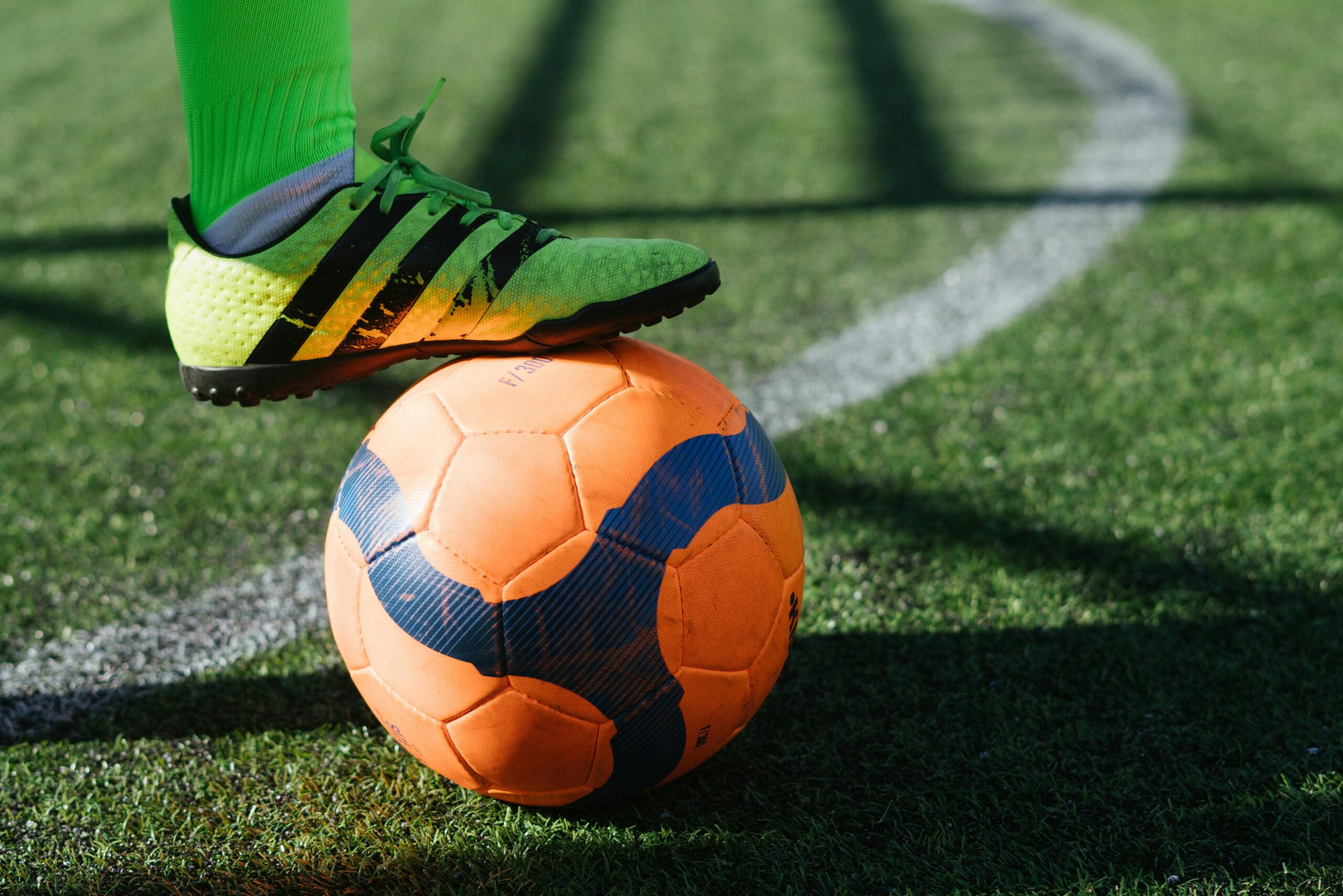ANC Sports Edition Day 1 - What is Autism?
ANC Sports Edition Day 2 - The Recruitment Process
ANC Sports Edition Day 3 - What is ADHD, Dyslexia and Dyspraxia?
ANC Sports Edition - Day 4 - What is Mental Health and the Effects on Employees
Characteristics of Dyspraxia
Here are some of the characteristics of dyspraxia:
- May struggle with speech – (talk continuously/organising talking sequences/unable to pronounce some words) and eye movements (following a moving object smoothly/losing their place whilst reading/poor relocating).
- Perception relating to different senses – poor visual perception, over-sensitive to light and/or background noises, over/under sensitive to touch, smells and tastes, spatial awareness issues, little sense of time, speed, distance or weight, inadequate sense of direction.
- Thought and Memory – difficulty with planning and organising thoughts, poor short term memory, issues with maths/reading, accuracy problems (copying movements), concentration issues, may struggle to do more than one thing at a time, slow to finish a task.
- Emotion and behaviour – difficulty listening in large groups, slow to adapt, impulsive, erratic
